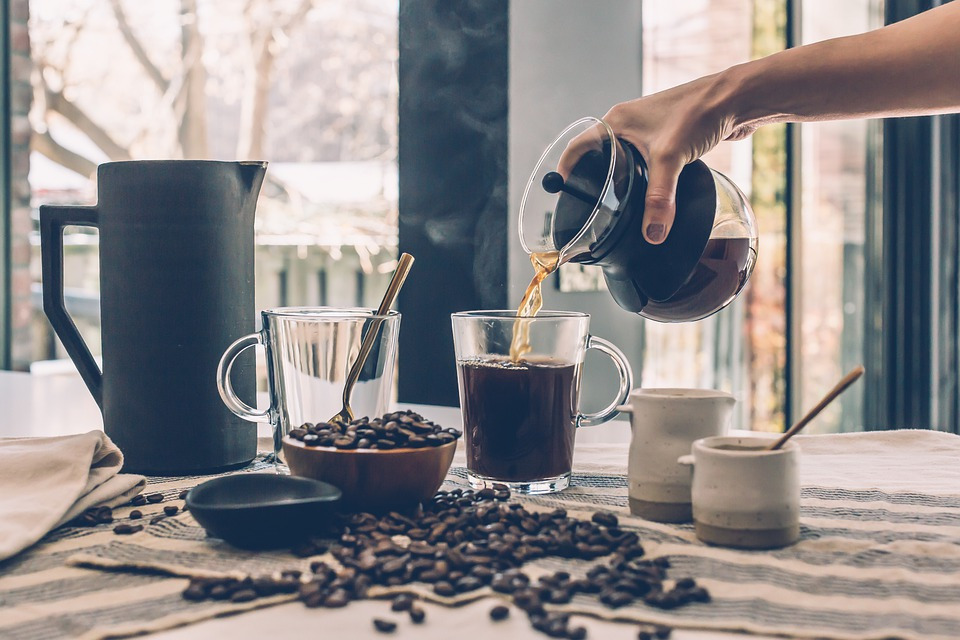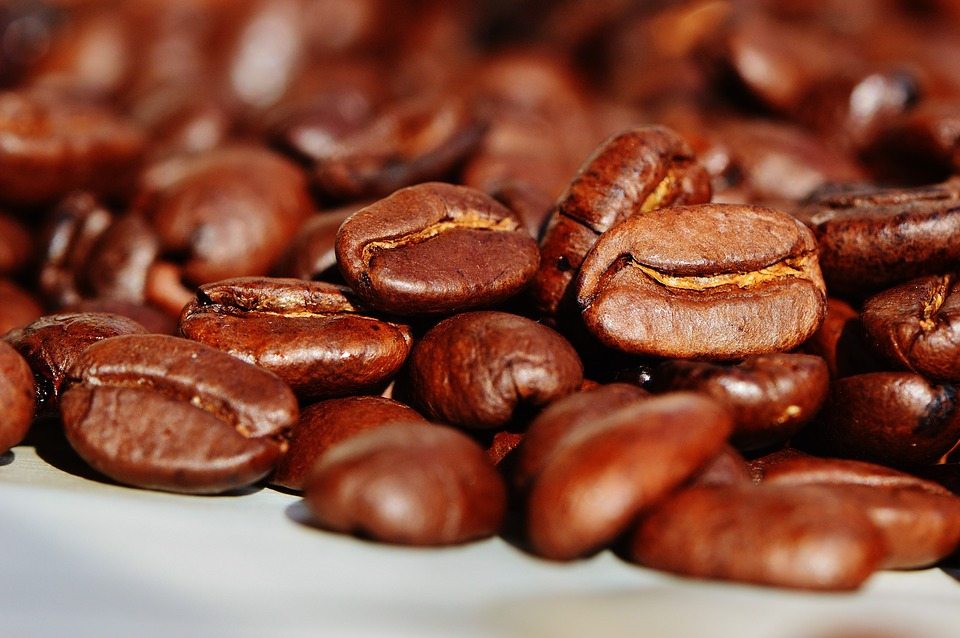A steaming cup of joe in the morning is most people’s prerequisite to wake them up and boost energy to fulfill the day’s tasks. Whether you are an avid coffee drinker or not, you can easily differentiate between coffee from different brands. This is mainly due to the type of coffee beans they use and its roast, which changes its taste, aroma, and color.

But, have you ever wondered where these precious beans come from and how these differ? Here is everything that you need to know about coffee beans.
How are Coffee Beans Harvested?
Coffee beans are obtained from a type of berry, which is then separated to extract its pulp and stone. The resultant product is a green coffee bean that is still raw. These green coffee beans turn brown once they are roasted and strengthened, which also increases the size of these small beans. Even though several types of coffee species and plantations are grown around the world, only a few can be used to harvest these beans. Guatemala and Brazil are two of the top coffee-producing countries.
Pre-ground Coffee vs Fresh Coffee Beans
The first thing that you should know is the difference between these two. While pre-ground coffee is super convenient due to its instant results, fresh coffee beans offer one of the best coffee-drinking experiences. Pre-ground coffee is usually sold in packets or glass jars that can produce instant coffee, whereas fresh coffee beans retain their original flavor and provide maximum health benefits. Pre-ground coffee stays fresh and delicious for a short period, which makes it an unfavored option for coffee enthusiasts. They should always resort to fresh coffee beans, even if it means extra work. Once you begin using fresh coffee beans to make your morning coffee, there is no turning back as it is more flavorful and aromatic.
Types of Coffee Beans
Coffee beans are primarily divided into two types based on strength and aroma, which are Arabica and Robusta. Ideally, coffee beans are categorized into four types, with Arabica and Robusta being the most widely used.
 Arabica: This type is more preferred over Robusta due to its sweet taste. In fact, a majority of coffee drinkers prefer Arabica, which makes up to around 70% or more. The fruity notes and low caffeine levels of this type make it the preferred choice among coffee lovers.
Arabica: This type is more preferred over Robusta due to its sweet taste. In fact, a majority of coffee drinkers prefer Arabica, which makes up to around 70% or more. The fruity notes and low caffeine levels of this type make it the preferred choice among coffee lovers.
Robusta: Compared to Arabica, Robusta is stronger but contains a lower level of acid. Coffee aficionados at https://sipcoffeehouse.com/ recommend using this type of coffee beans to achieve a stronger and bitter taste. It also contains a higher level of caffeine as compared to Arabica. At times, these two types of beans are combined and made into a blend that balances the acidity and strength of the resultant beverage.
Caffeine Level in Coffee Beans
Another way to determine coffee beans lies in varying caffeine levels. The heating, brewing, and processing of the beans determine the amount of caffeine it contains. Decaffeinated coffee is made by treating the coffee beans to remove most of the caffeine content (97%). Based on the brewing method and the type of bean you are using, you get a relevant caffeine level in your cup of joe.
Range of Roasts
Coffee beans are roasted before they are brewed. The way they are roasted and the amount of heat they are subjected to determines the type of roast.
Here are some common categories of roasts, which are based on the color, aroma, and flavor of the coffee beans.
Light: This roast is extremely light and delicate, making it a perfect choice for aspiring coffee drinkers. It is treated at low heat and offers a mild flavor.
Medium: Even though it is a bit darker, it provides optimum flavor and the right type of acidity. It is slightly toastier yet sweet, which makes it one of the most preferred roasts among coffee lovers.
Dark: As the name suggests, this type of roast is the most bitter but contains a low level of acid. The oil surface level rises in the coffee beans and the sugar content is burned until it caramelizes, which gives a bitter taste.
Apart from these three types of roasts, coffee beans are also mixed to form a blend, which is the best of both worlds.
These tips will also help you buy coffee the next time you go shopping, especially if you are a picky coffee-drinker. With this guide, you will turn into a coffee aficionado too who can pick coffee based on its aroma, strength, color, and flavor instead of picking a random packet at a store. Once you master this, you will regret not learning it sooner and picking coffee like an expert.
